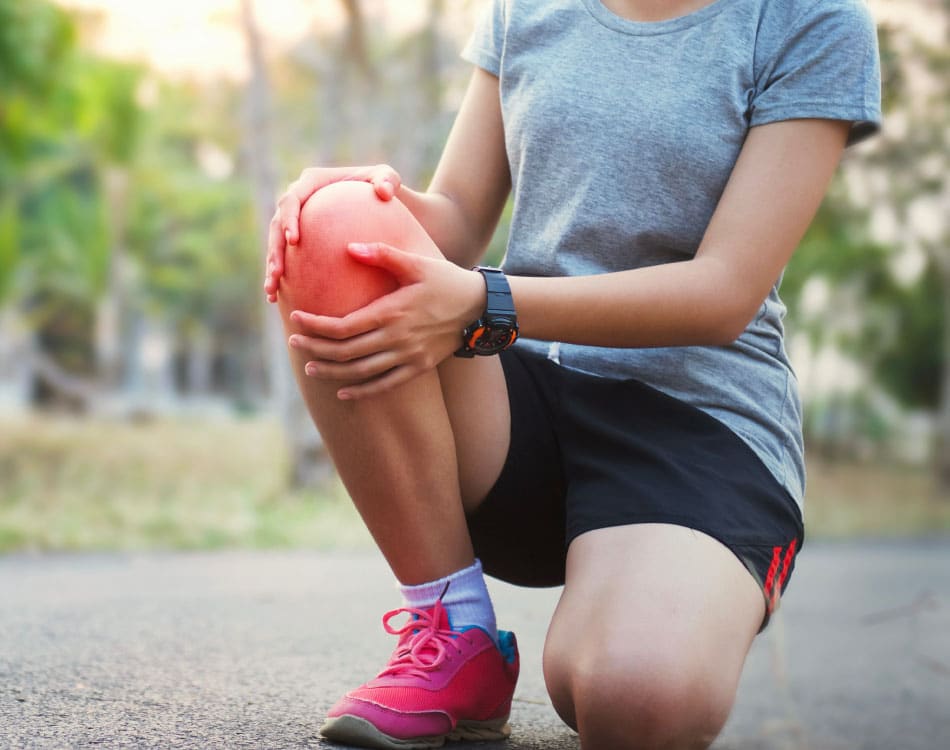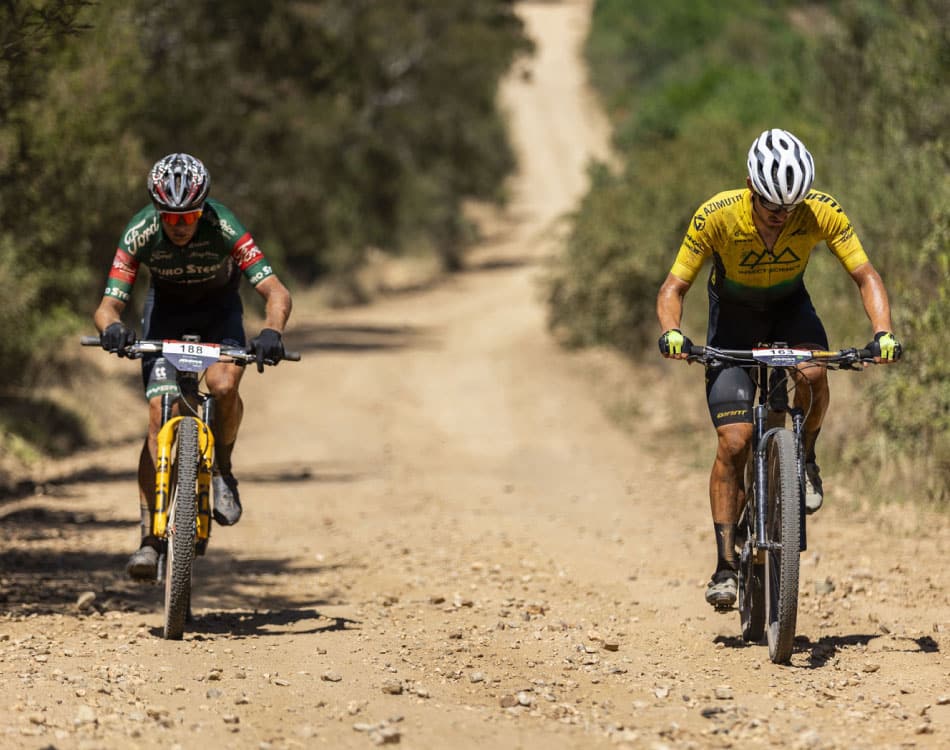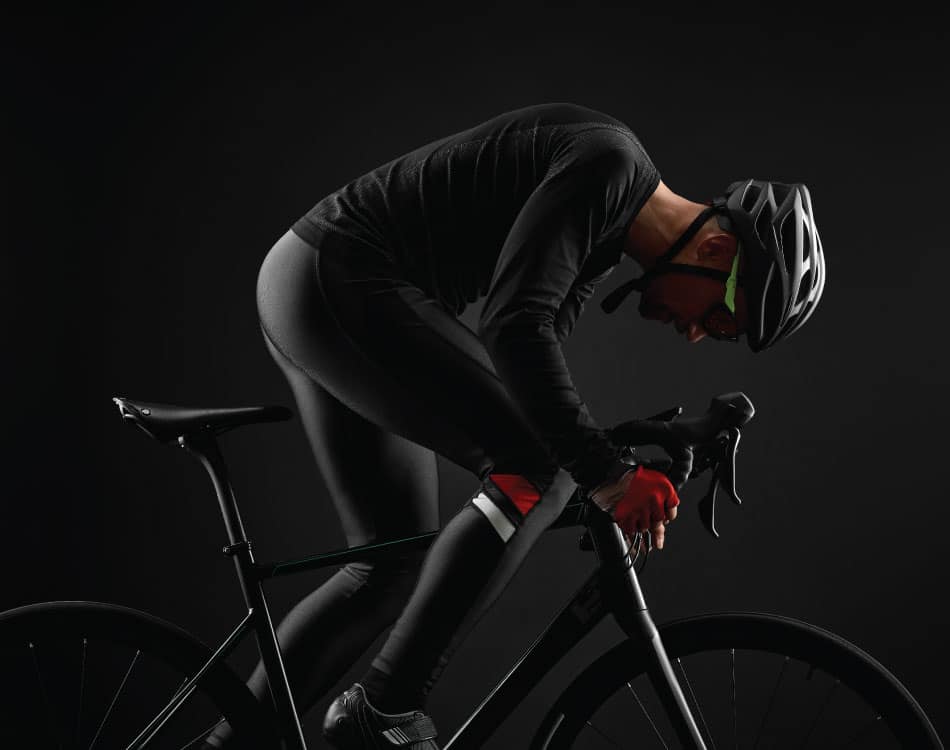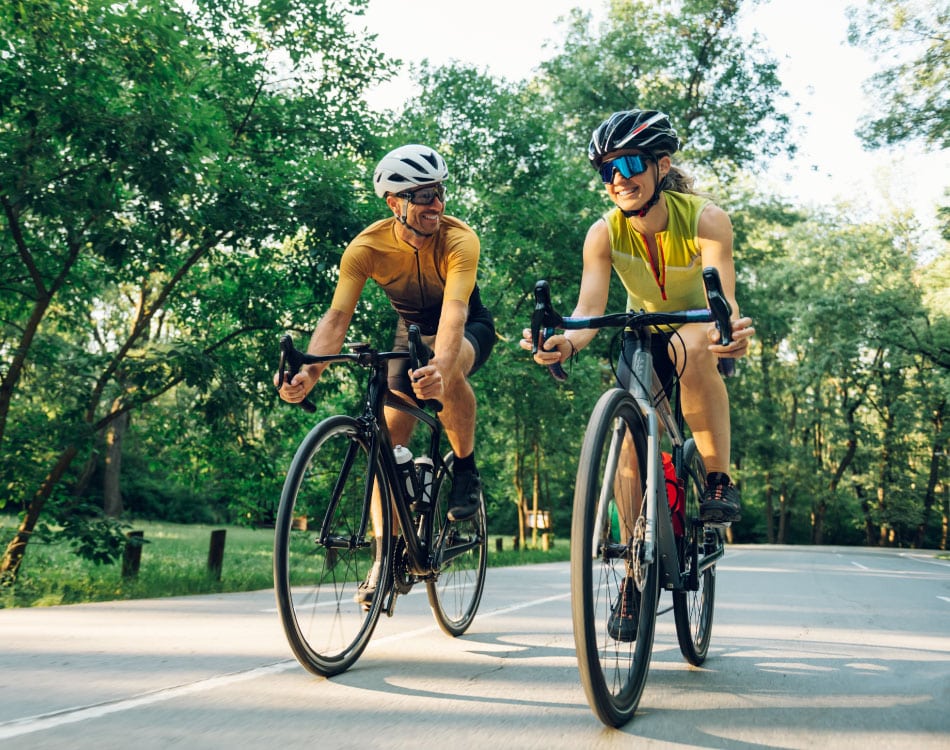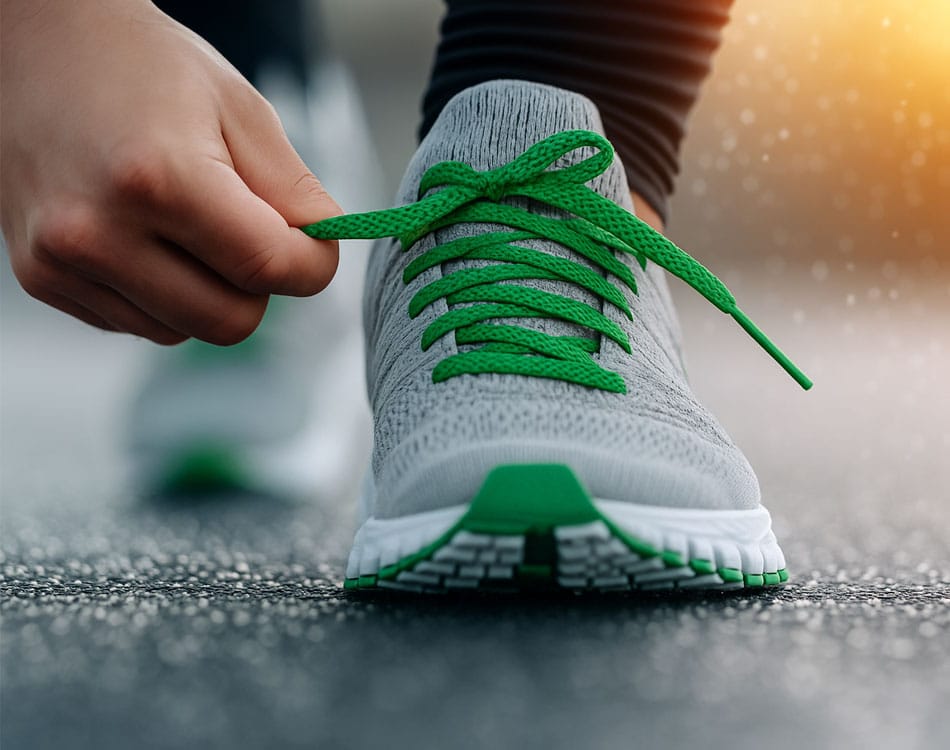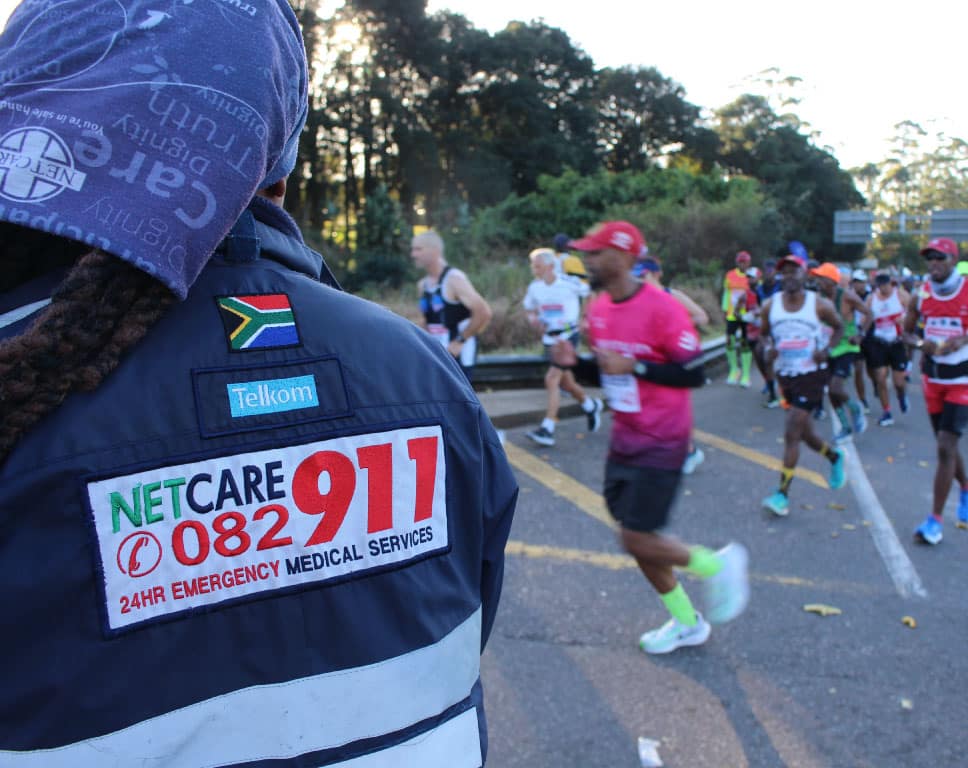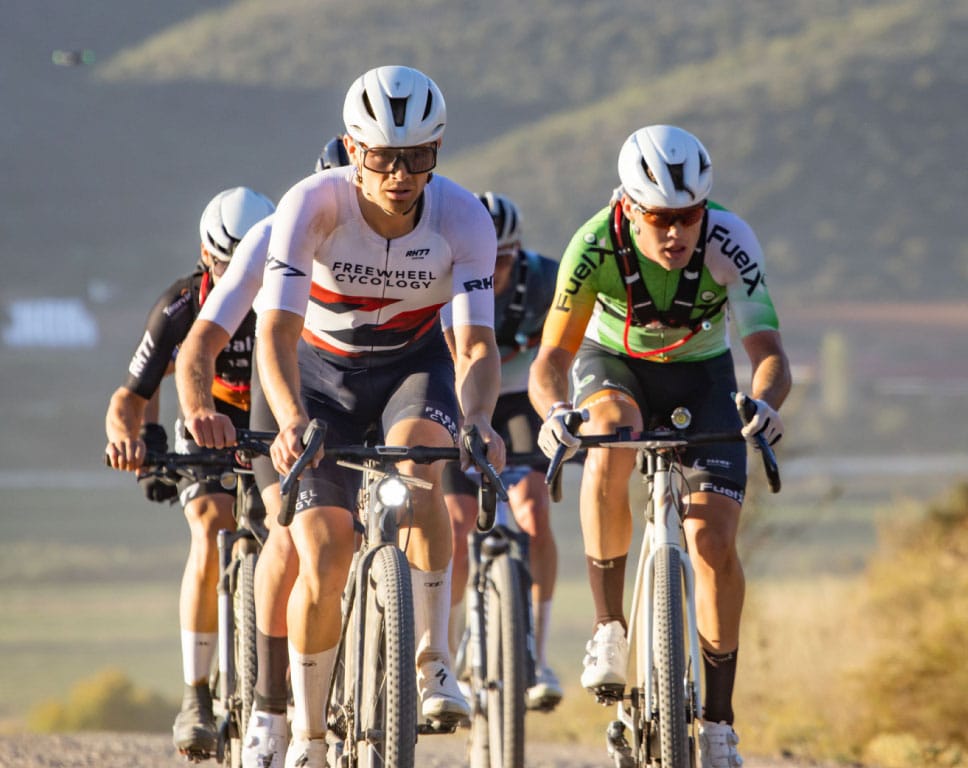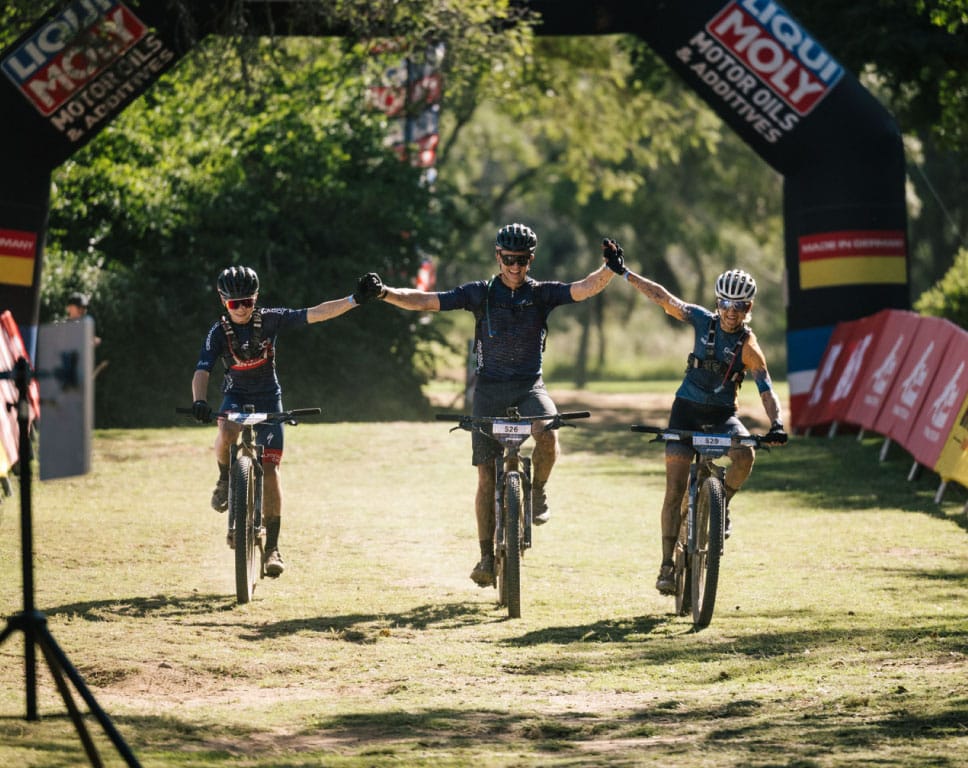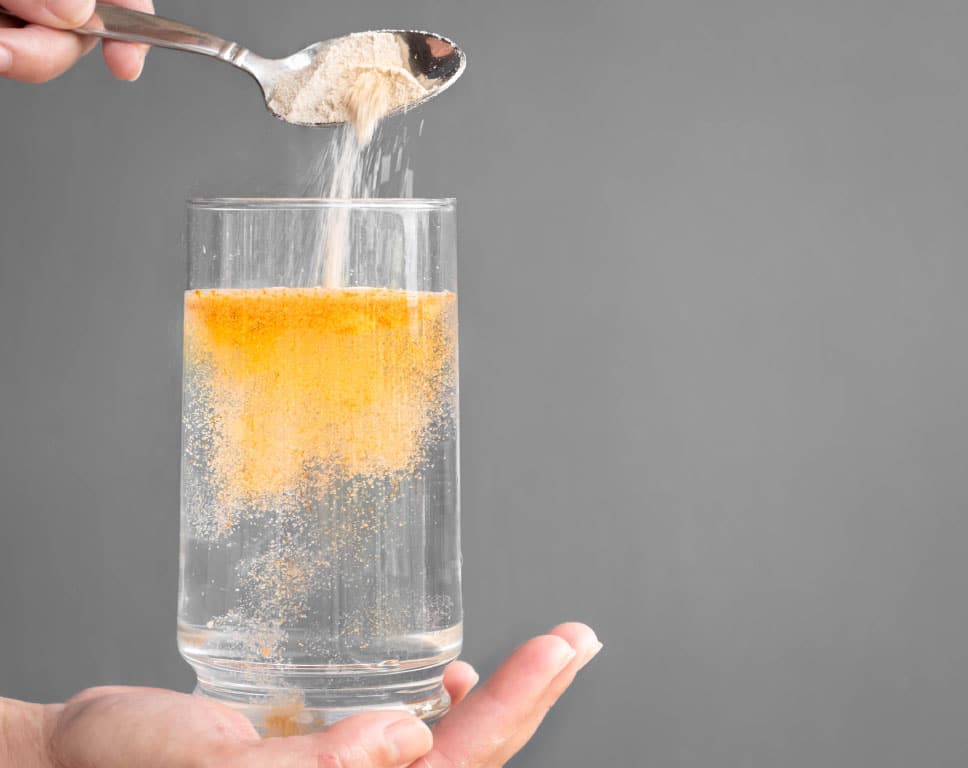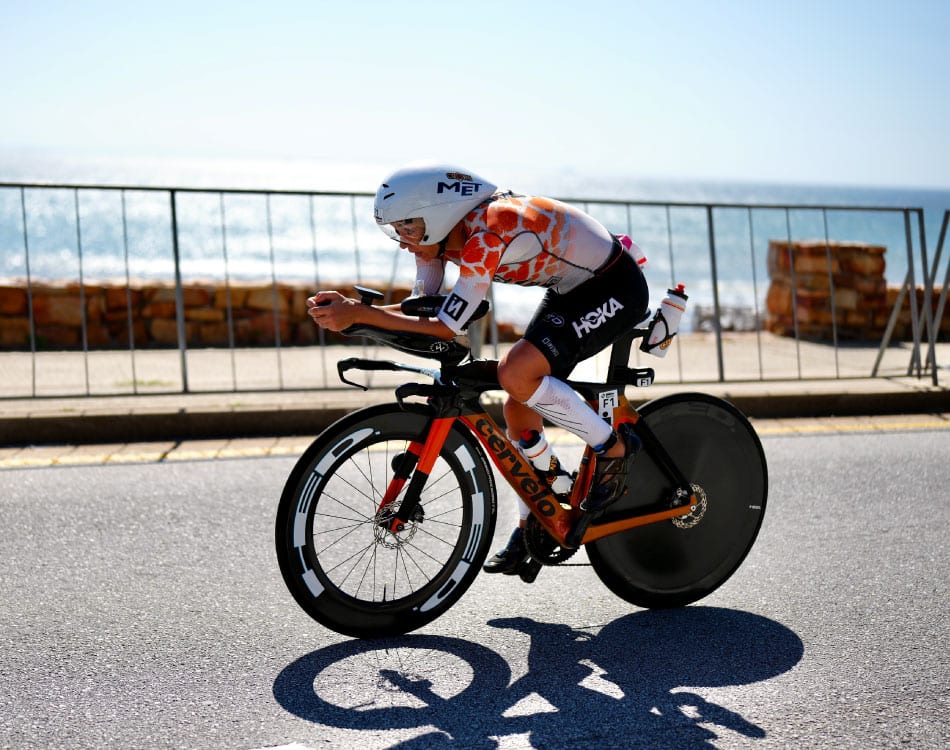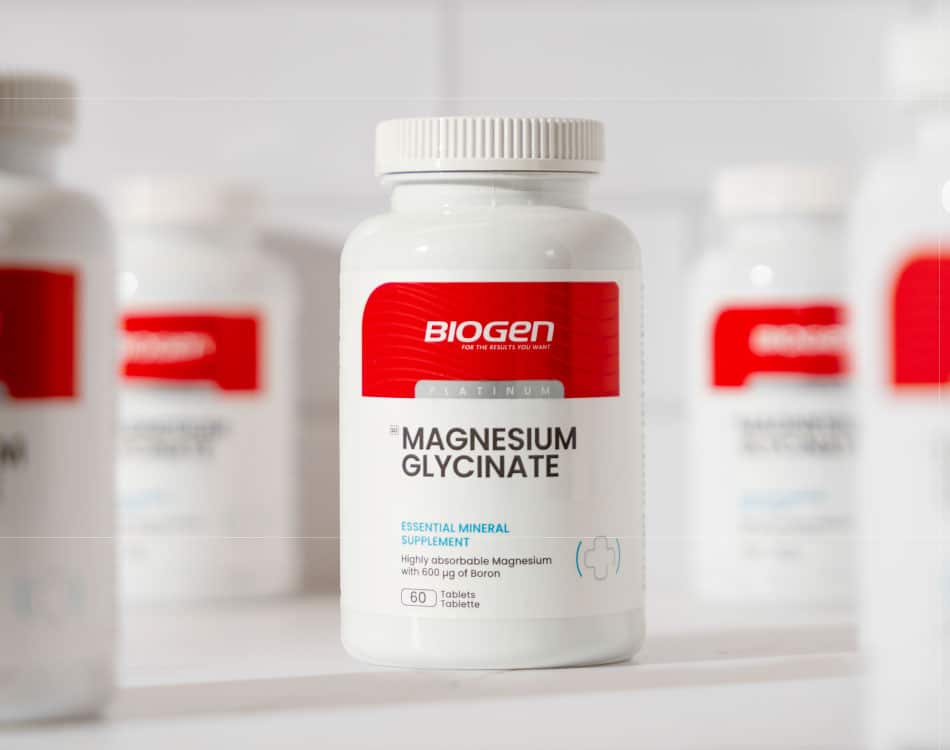Running is a high-impact activity which makes it fraught with injury risk, even though the human body was specifically designed to run, with knee issues a common occurrence.
According to research1, the incidence of running‐related injuries (RRIs) ranges from 20-70% or from 2.5 to 59 injuries per 1000 hours of running.
There are numerous reasons why runners get injured – too much too soon, existing biomechanical dysfunction, poor mobility and technique, strength imbalances and weak muscles are just a few of the common culprits.
READ MORE | Fix your running form with these tips
Runner’s knee a common issue
One of the more common ways these problems present is through knee pain. In fact, it is so prevalent that there is a condition specifically called runner’s knee, even though it’s not restricted to runners.
These conditions can affect anyone, from experienced runners who push themselves to the limit to beginners whose muscles and connective tissues aren’t conditioned for high volume and intense training and racing.
READ MORE | Put your best running foot forward
Common knee injuries
When it comes to knee injuries among runners, these are a few common pains in the leg that afflict athletes1:
- Patellofemoral Pain Syndrome (PFPS) or runner’s knee: Pain in the front of the knee, behind the kneecap (patella) arising from the patellofemoral joint itself, or the adjacent soft tissues.
- Meniscal injuries: The meniscus is a C-shaped piece of cartilage that acts as a shock absorber in the knee joint. It helps distribute weight evenly and provides stability. Common symptoms include pain, often on the inner or outer side of the knee, swelling, locking or catching of the knee, difficulty straightening or bending the knee, and clicking or popping sounds in the knee.
- Patellar tendinitis: This common overuse injury among runners occurs when the tendon connecting your kneecap (patella) to your shinbone (tibia) becomes inflamed due to repetitive stress. Symptoms include pain just below the kneecap, tenderness to touch, and joint stiffness, especially in the morning.
- Iliotibial band syndrome (ITB): Diffuse pain on the outside (lateral) part of the knee due to an inflamed iliotibial band that slides across the lateral condyle of the femur as the knee is flexed and extended repeatedly.
These running-related knee injuries are repetitive strain injuries and, unfortunately, tend to become chronic, which can be extremely frustrating for active individuals as they limit most types of exercise, not just running. They also impact your ability to train and perform at your best at races.
READ MORE | What happens to your body when you start running?
Multiple risk factors
While many runners will blame their knee problems on running itself or their shoes, the truth is that injuries are more likely caused by the way they run, poor program periodisation, underlying weaknesses and mobility and flexibility issues.
The common factors implicated in runner’s knee and other lower limb issues are multifaceted. The most common are:
- Overuse: Repeated bending can irritate the nerves of the kneecap. Overstretched tendons are also known to cause pain in a runner’s knee.
- Misalignment: If the hips and pelvis are misaligned, then the physical stress imposed on the body during running won’t necessarily be evenly distributed. As a result, certain parts of the body bear too much weight, which eventually results in injury, with the knee a common location where symptoms present.
- Weak muscles: Many runners have weak core stabilisers and glutes. Accordingly, other muscles must overcompensate, most commonly the hip flexors, thighs and adductors. Injury is then likely as these muscles need to perform their primary function in addition to a secondary function that they were never designed for.
- Poor technique: While heel striking is generally considered poor technique as it imparts greater forces up the leg, into the hips, the truth is that the position of your foot strike in relation to your hips is more important. Heel striking directly under your hips, with a bent knee, results in less vertical rebound force than heel striking in front of your hips with a straight leg.
READ MORE | Become a better runner without more running
Reducing your knee injury risk
If you suffer from one of these injuries, a suitable and effective treatment protocol should include the following three phases:
Phase 1: Recovery
- Reduce training volume and/or intensity, or stop running completely until symptoms disappear.
- See a specialist who can treat the injury directly – both the cause and the symptoms – with treatments such as physical therapy, including physiotherapy, chiropractic adjustments, acupuncture, shockwave therapy, transcutaneous electrical nerve stimulation (TENS), infrared therapy, and massage.
- Implement proactive healing protocols, such as rest, hot-cold contrasting, and foam rolling.
- Get a biomechanical assessment to identify any root-cause dysfunction or imbalances.
- Re-look your running shoes and get a complete biomechanical gait and functional movement analysis (don’t just analyse your foot strike).
Phase 2: Rehabilitation
- Use knee support if required to alleviate or reduce symptoms.
- Build up mileage gradually by following a properly periodised programme.
- Improve core, glute and leg muscle strength – focus on correcting underlying muscle imbalances.
- Improve mobility by incorporating daily drills into your routine, particularly before runs (in addition to dynamic stretching).
- Use a foam roller to loosen muscles and tendons after training.
- Do some light static stretching after every run, but don’t overstretch.
Phase 3: Prehabilitation and maintenance
- Once fully recovered, engage in a regular strength training program that includes key compound lifts like squats and deadlifts, lots of single-leg (unilateral) exercises, and targeted glute work2.
- Develop a strong core with a variety of ab exercises, including bracing.
- Achieve and maintain a healthy weight within your ideal BMI.
- Buy quality running shoes and discard them once they lose their shape or the sole becomes too worn or irregular.
There is no set recovery period when treating knee and other running-related injuries. The time it takes to get back on the road depends on numerous factors, including the degree to which you follow the advice in this article.
READ MORE | Power up your running with plyometric training
Nutritional support
Another important element in your treatment approach should include supplying your knee tendons with the structural proteins they need to repair and replace old or damaged fibres, namely collagen.
However, it can be difficult to get sufficient collagen from our diet because the main sources are animal bones, tendons and connective tissues, which few people cook with or eat. As such, collagen supplements like Biogen Collagen with Peptan Powder, Foodgrown Collagen and Biogen Collagen offer an ideal solution.
References:
- Nielsen RO, Nohr EA, Rasmussen S, Sørensen H. Classifying running-related injuries based upon etiology, with emphasis on volume and pace. Int J Sports Phys Ther. 2013 Apr;8(2):172-9. PMID: 23593555; PMCID: PMC3625796.
- Mellinger S, Neurohr GA. Evidence based treatment options for common knee injuries in runners. Ann Transl Med. 2019 Oct;7(Suppl 7):S249. doi: 10.21037/atm.2019.04.08. PMID: 31728373; PMCID: PMC6829001.

